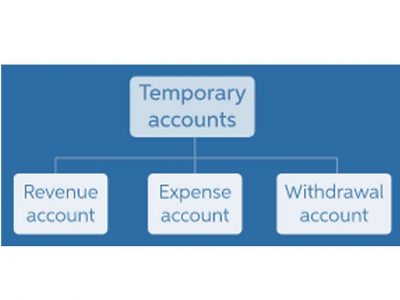
In year 5, however, the balance would shift and the accelerated approach would have only $55,520 of depreciation, while the non-accelerated approach would have a higher number. Adam Hayes, Ph.D., CFA, is a financial writer with 15+ years Wall Street experience as a derivatives trader. Besides his extensive derivative trading expertise, Adam is an expert in economics and behavioral finance.
- In this way, the company is not only saving more money, but those deductions also correlate with how rapidly the asset will decline.
- Enter the straight line depreciation rate in the double declining depreciation formula, along with the book value for this year.
- For reporting purposes, accelerated depreciation results in the recognition of a greater depreciation expense in the initial years, which directly causes early-period profit margins to decline.
- We take monthly bookkeeping off your plate and deliver you your financial statements by the 15th or 20th of each month.
- The following section explains the step-by-step process for calculating the depreciation expense in the first year, mid-years, and the asset’s final year.
Simultaneously, you should accumulate the total depreciation on the balance sheet. It is advisable to consult with a professional accountant to ensure that depreciation is accurately recorded in compliance with accounting standards and regulations. The Double Declining Balance Method, often referred to as the DDB method, is a commonly used accounting technique to calculate the depreciation of an asset. This method, being an accelerated method to depreciate an asset, allows for a speedy depreciation. Companies usually opt for this method when they expect the asset to provide higher productivity in the initial years.
Difference Between Depreciation, Depletion, Amortization
For example, a company that owns an asset with a useful life of five years will multiply the depreciable base by 5/15 in year 1, 4/15 in year 2, 3/15 in year 3, 2/15 in year 4, and 1/15 in year 5. Companies use depreciation to spread the cost of an asset out over its useful life. Accelerated depreciation is any method of depreciation used https://www.bookstime.com/ for accounting or income tax purposes that allows greater depreciation expenses in the early years of the life of an asset. Accelerated depreciation methods, such as double declining balance (DDB), means there will be higher depreciation expenses in the first few years and lower expenses as the asset ages.
Depreciation is charged on the opening book value of the asset in the case of this method. Accrual accounting requires a business to coordinate with the costs it attracts with the incomes it creates through each accounting term. Tangible assets, like machinery or equipment, contribute toward incomes over many double declining balance method accounting periods. Then an organization distributes the resource’s expense over its valuable life through depreciation. This results in a depreciation expense on the income statement in each accounting period equivalent to a part of the asset’s total cost instead of generating expenditure all at one go.
Example of Double Declining Balance Depreciation in Excel
Among the various methods of calculating depreciation, the Double Declining Balance (DDB) method stands out for its unique approach. This article is a must-read for anyone looking to understand and effectively apply the DDB method. Whether you’re a business owner, an accounting student, or a financial professional, you’ll find valuable insights and practical tips for mastering this method. As an accountant, one should be comfortable with all methods of depreciation.

